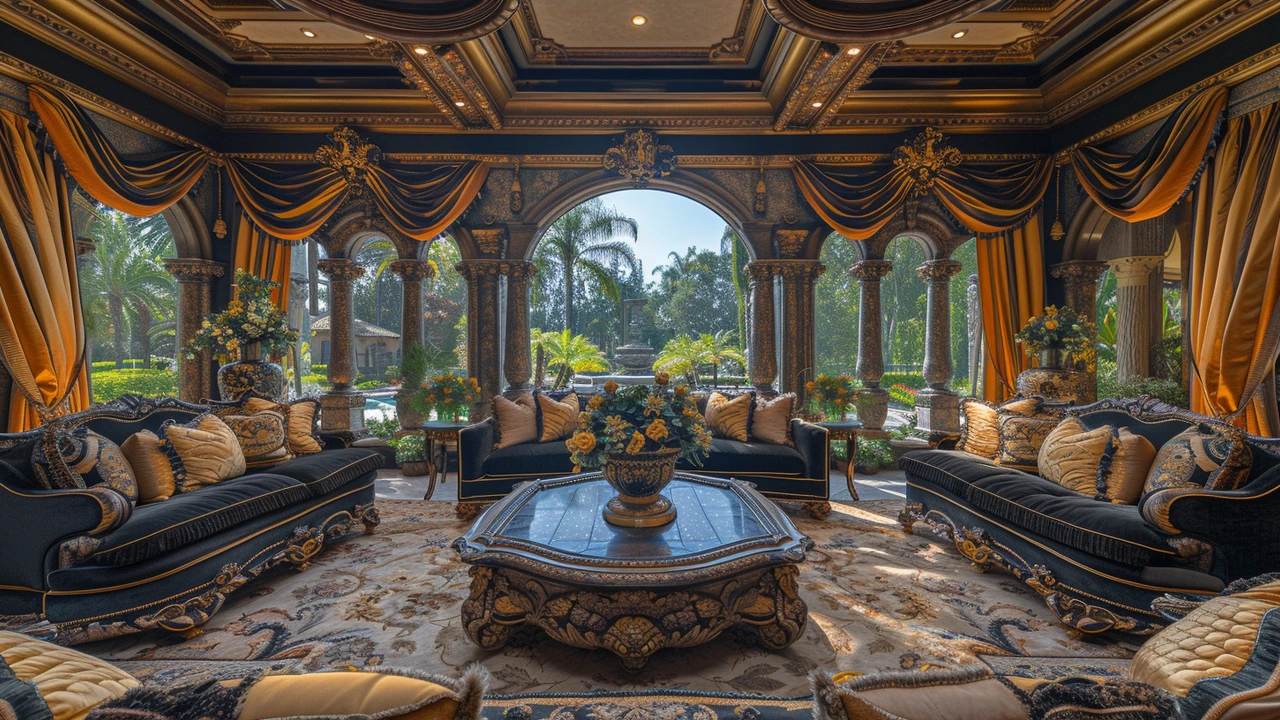Well, let's dive right into the fabulously flamboyant world of Rococo art, shall we? This cheeky little style refused to 'go gentle into that good night', I tell you! It's like the party guest who, instead of leaving, just turns up the music and starts a conga line. Bursting onto the scene in the 18th century, it brought a breath of fresh air to the art world with its playful, ornate, and pastel-hued compositions. So here's a hearty toast to Rococo - the art style that not only didn't fade away, but also threw confetti at anyone trying to show it the door!
Art Style: How to Read Buildings and Pick What to Explore
Buildings tell stories. You can learn to read them fast and enjoy architecture more - here’s a practical guide to the styles tagged "art style" on this site.
First, a quick rule: focus on form, materials, and details. Form is the big shape - domes, columns, flat roofs. Materials are what you see - brick, glass, concrete, stucco. Details are the small bits - mouldings, cornices, window shapes. Use those three to narrow down possibilities in under a minute.
Recognize a few signature styles. Greek Revival shows strong columns and pediments. Baroque leans dramatic with curves and ornament. Beaux-Arts mixes classical order with grand scale. Colonial styles vary by region but often combine local materials with European layouts. Modern movements like Bauhaus and International Style favor simple geometry and minimal ornament. High-Tech reveals structural systems and exposed metal. Postmodern playfully mixes old and new. Neo-Futurism looks forward with sweeping, futuristic forms. Each of these styles has full articles linked here - read one short piece to get a feel before you go deeper.
Want a quick checklist you can use on the street? Try this: 1) Count stories and note symmetry. 2) Look at roof type and window rhythm. 3) Check for columns or exposed structure. 4) Notice surface material and decorative detail. That list works for courthouses, city halls, homes, and museums.
If you're picking what to read first, start with styles that shape cities: Renaissance, Beaux-Arts, and Georgian explain classical rules that influenced public buildings. If you prefer bold visuals, read Constructivist, Expressionist, and Neo-Futurism next. For home design ideas, try American Craftsman, Mediterranean Revival, or Mid-Century Modern.
Use pictures while you read. A photo makes it far easier to connect a name to a look. When an article mentions a feature - like a dentil moulding or a flying buttress - pause and find an image. Over time you'll spot features without thinking.
Want to use this knowledge practically? If you're renovating, match trim profiles and window proportions to the original style. If you're traveling, plan a short walking loop that targets one style and compare buildings. If you teach or guide others, pick three clear features per style and use them as talking points.
Most posts under this tag include history, key features, and examples. Pick one article, read the image captions, then walk outside and test your checklist. Repeat with a second style. Your eye will improve quickly.
How to spot styles fast
Form, material, and detail. Use them together and you'll identify a building in about a minute.
Where to start reading
Begin with Renaissance or Beaux-Arts for city context, then choose a modern or home-style article depending on your interest. Read with images and try the street checklist right away.
If you want deeper study, pick a region and follow its timeline: ancient Roman to Renaissance to Neo-Classicism shows clear shifts. Bookmark articles, save photos, and note which elements repeat across periods. Do this for a month and you'll look at cities in a new way. Start with one building today. Take notes and have fun always.

